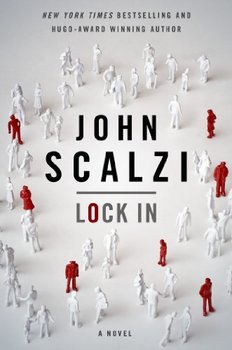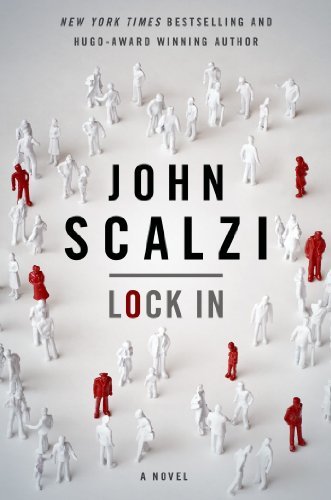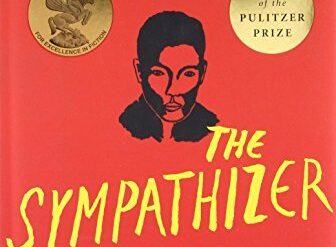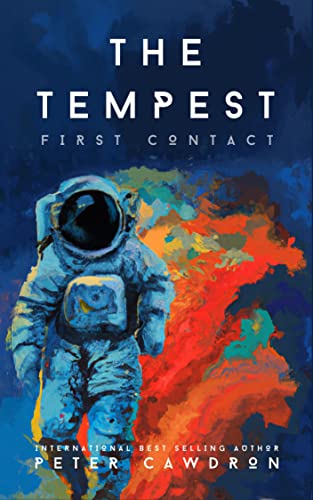
John Scalzi has been writing books at a furious pace since 1999. His output has included 17 science fiction novels to date plus nine nonfiction books as well as a slew of short fiction. He’s best known for his Old Man’s War series (six novels and three novellas published between 2005 and 2015). More recently, he has been at work on two other series. There is just one novel to date in his far-future Interdependency series, with two more forthcoming in 2018. His near future sci-fi novel, Lock In, launched another series in 2014. A sequel was published in April 2018. And somehow Scalzi finds time to write a blog as well.
Estimated reading time: 3 minutes
I’ve found Scalzi’s work to be uneven, which shouldn’t be such a surprise from such a prolific writer. I loved Redshirts, a Star Trek satire. I greatly enjoyed The Collapsing Empire, the inaugural book about the Interdependency. But I found Old Man’s War, the first volume in the series of the same name, to be unreadable. I never finished the book. (Perhaps that’s because I’m an old man and resented being reminded of it!) And now I find myself ambivalent about Lock In.
Lock In: A Novel of the Near Future by John Scalzi (2014) 337 pages ★★★☆☆½
Lock In isn’t all bad. As usual, Scalzi proves he can write fluently. The dialogue is crisp and sometimes witty, the characters aren’t too far-fetched, and the plot moves along smoothly. The problem is that the premise is absurd. Scalzi would have us believe that a pandemic in the not-too-distant future would somehow restructure the brains of a small proportion of those who contract the disease. To compound the problem, scientists have unaccountably managed to invent brain implants that permit those most affected by the pandemic to communicate telepathically with one another. Fat chance! I don’t plan to read the novel’s sequel.
For related reading
For a more convincing near future sci-fi novel about the aftermath of a pandemic, see my review of Dead on Arrival by Matt Richtel, Neurology meets high-tech in this gripping science fiction novel.
This book is included in 20 good nonfiction books about the future (plus lots of science fiction).
For more good reading, check out:
- These novels won both Hugo and Nebula Awards
- The ultimate guide to the all-time best science fiction novels
- 10 top science fiction novels
- The top 10 dystopian novels
- Ten new science fiction authors worth reading now
You might also check out Top 10 great popular novels.
And you can always find my most popular reviews, and the most recent ones, on the Home Page.



























